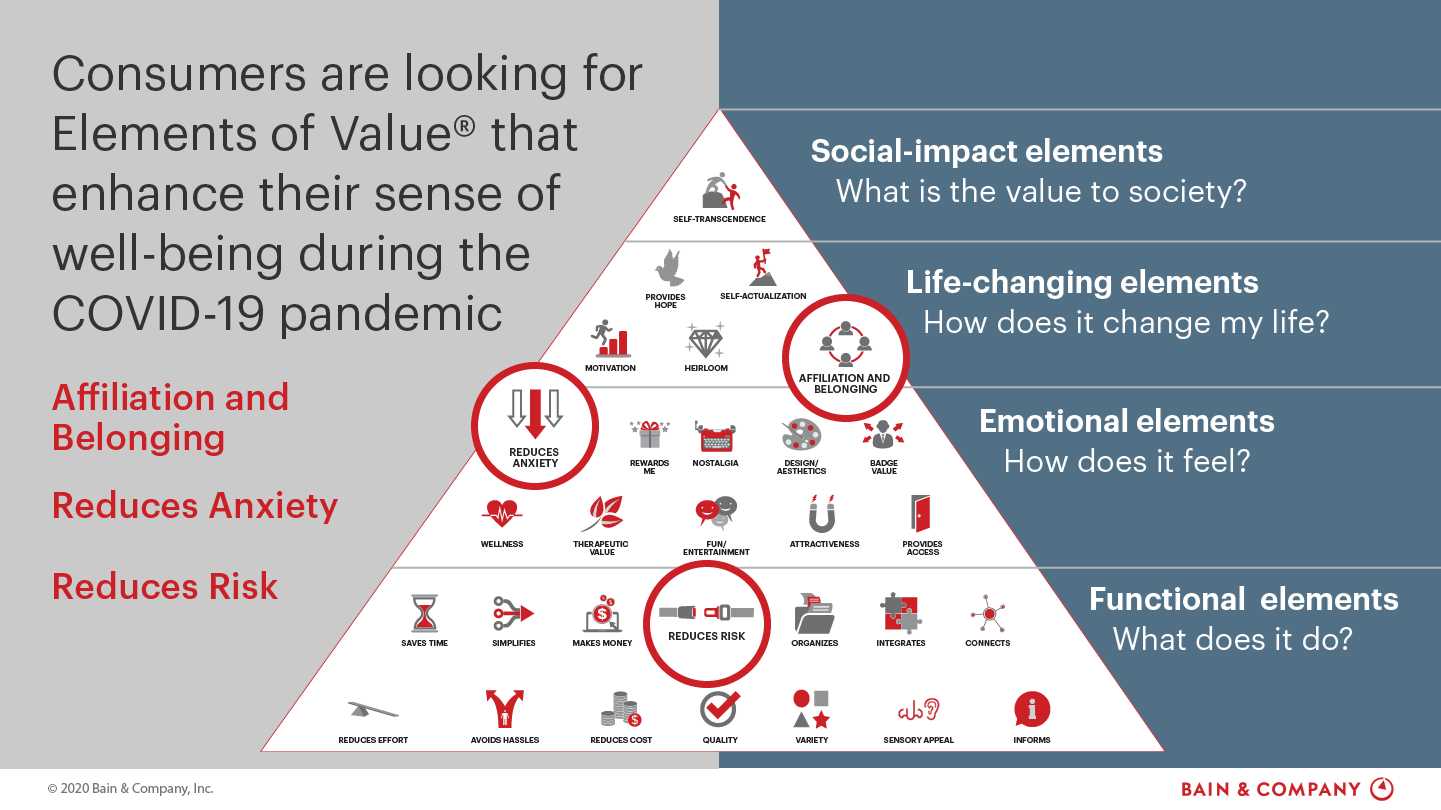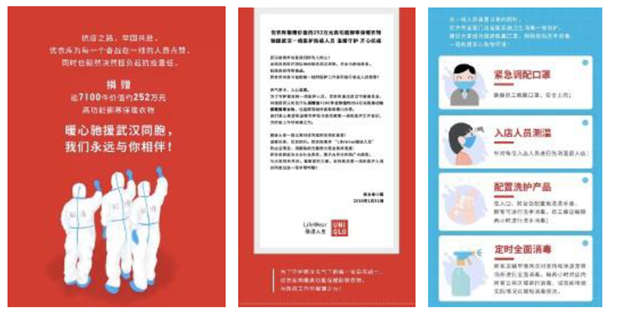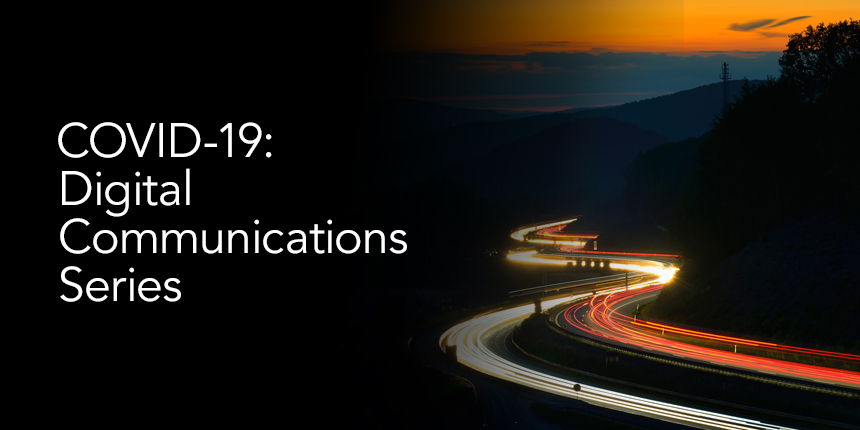🎧 Listen to this post
When I was 15, I moved to the UK from a country that had experienced civil wars, revolutions, and military coups. My new classmates would ask me, “What was it like to live there?” My response was always the same: “It was normal”.
While these are extraordinary times, we cannot underestimate the human desire to return to normalcy. The evidence of this desire is all around us, even in the midst of this crisis. And it is this need for normalcy in a deeply disrupted landscape that must guide our responses to it.
Planning for the new normal begins with understanding that this is a fluid environment and breaking it down into its individual distinct phases. Our friends at Local Planet have built a framework based on their experiences in China over the last few weeks. As the epicentre of the outbreak until recently, there are valuable lessons in the Chinese experience, and a window on what we can expect in the coming few weeks and months.
In this framework, they break down the phases as Pre-outbreak, Community Outbreak, Containment, and Market Recovery. We are currently past the point of Pre-outbreak and must focus on the next three phases.
To help guide messaging and activities in the first two phases, Bain and Company has produced the following graphic to highlight the elements of value that consumers are looking for at this time:

In this study, Bain has identified that brands need to focus on messaging that Reduces Risk, Reduces Anxiety, and promotes Affiliation and Belonging. What does this look like? Again, let’s return to China with our friends at Local Planet and highlight an example:

In this example, Uniqlo used compassionate messaging, shared tips for fighting the virus, and updated the proactive hygiene measures implemented at their stores.
Since we are already in this phase outside China, it is worth noting that a number of progressive brands have been proactively messaging in this vein. In Canada, Mr. Lube has been taking a similar approach with content for their locations, including Google Posts:

Supermarket chain Loblaws has set aside times for seniors and higher risk groups to shop in their grocery stores and is promoting this through their digital content:

Messaging that emphasises the principles articulated by Bain is critical in this phase, particularly the functional and emotional elements.
Transform to cater to emerging behaviors
As we move into the Containment phase, the focus shifts to dealing with a new normal that includes extensive and extended lockdowns and social distancing. Given the likely extended nature of this phase, the implications are beyond mere messaging, but also into the functional model of the business. This is where businesses need to consider the delivery of their services, their revenue streams, what they mean to their customers, and how to truly adapt to a new reality.
If this sounds familiar, it is because these are the principles that have driven digital transformation for the last few years. The difference now is that this change is being forced from entirely external factors, and in a dramatically condensed timeline.
My colleague Koen Smeets had identified key lessons gleaned from Spain, a country much further into the pandemic. Among these lessons is the need to cater to emerging behaviours. What does this look like in practice? An example is the proactive drive to delivery as primary call to action in the restaurant space, which is currently the only way for these businesses to transact in many countries. Of note is that this particular space was already under pressure from home delivery before the current crisis, and this represents an acceleration of that trend.
Another example in a highly disrupted sector is David Lloyd Clubs, a network of high-end fitness clubs. As they are currently unable to accept visitors, they have adapted to developing and sharing fitness content with their stay-at-home customers online:

Brand engagement with customers extends beyond content and needs to consider the delivery of products and services at distance and into the home. Kumon, a global franchise in the tutoring space that previously depended entirely on children coming into individual centres, has now pivoted to providing in-home tutoring via video conferencing in certain regions.
In China, the region of Wuhan was able to bounce back through the enablement of digital delivery and ecommerce capabilities. In an article in the Harvard Business Review, Changyi Lin, affiliate professor in strategy at INSEAD, writes that two key elements came together to enable this: digitally enabled delivery systems and consumer comfort with the online world. The ubiquity of platforms like Alibaba, supported by highly sophisticated and digitally enabled fulfillment networks, has allowed for delivery of goods to homes within 20 minutes of order.
Ecommerce penetration in China has reached 36% on the back of this infrastructure, but Changyi Lin argues that these two elements are not as advanced in Western countries, and could create barriers, in terms of fulfillment and adoption at this time, and into the recovery. Not only is ecommerce adoption at a lower rate (16% of total US sales in 2019), but the infrastructure to support it is not as well developed as in China.
A new business era awaits
It is the development of this digital infrastructure that needs to be the focus in the coming weeks and months. This infrastructure covers the delivery of services and goods and includes the content and communications vehicles. They need a deep understanding of audience and local context in order to shape communications that add value to their customers’ disrupted lives. And they need to support these customers as they strive for a sense of restored normalcy in the midst of a crisis. Digital infrastructure extends to activation of ecommerce modules for those that have not done so already, either through the extension of existing marketing cloud solutions, or that adoption of simple and rapidly deployed third-party platforms such as Shopify.
A commitment to rapid digitisation is important. A key reason why digital transformation is not implemented as rapidly as it should be in many organisations is that in order to truly transform, traditional ways of doing business often have to be broken—and this generally has an initial negative impact on performance. This is at odds with a business culture that is often driven by short-term earnings and a focus on incrementality.
Today we are in a situation where “traditional” performance metrics are broken, so that barrier to real transformational change is no longer there. Brands that seize the opportunity to engage meaningfully with their clients at this time—through every digital channel at their disposal; through paid, owned, and earned media; from enterprise to local communications, right down to the last mile—will be not only well positioned with their customers when the recovery arrives, but since they will have seized this time to address the digital fundamentals, they will have built a considerable competitive advantage.
Recognise that digitising rapidly will need expertise and executional capabilities. For that reason, it is critical to hold on to internal teams and external partners at this time, redeploying them to this goal. The recovery will be rapid, and not having teams in place to take advantage will only slow down brands’ abilities to bounce back and make up for lost time.
When the recovery arrives—and it will arrive—the new normal will be different. It will be more digital. Get ready for it now.




